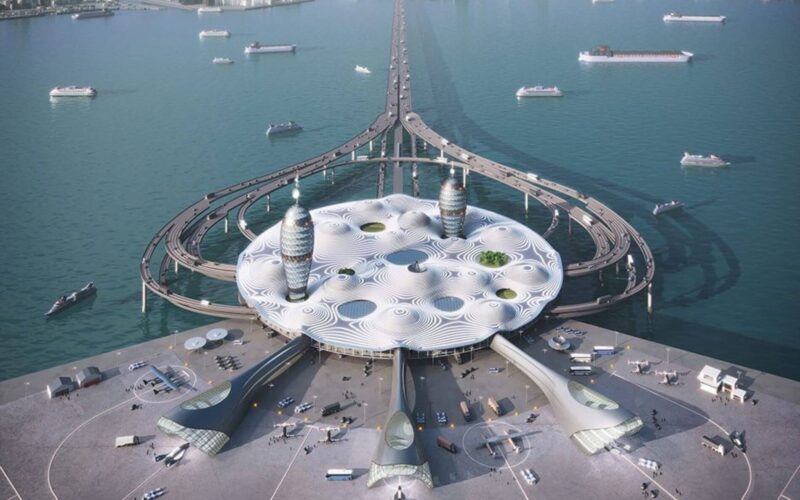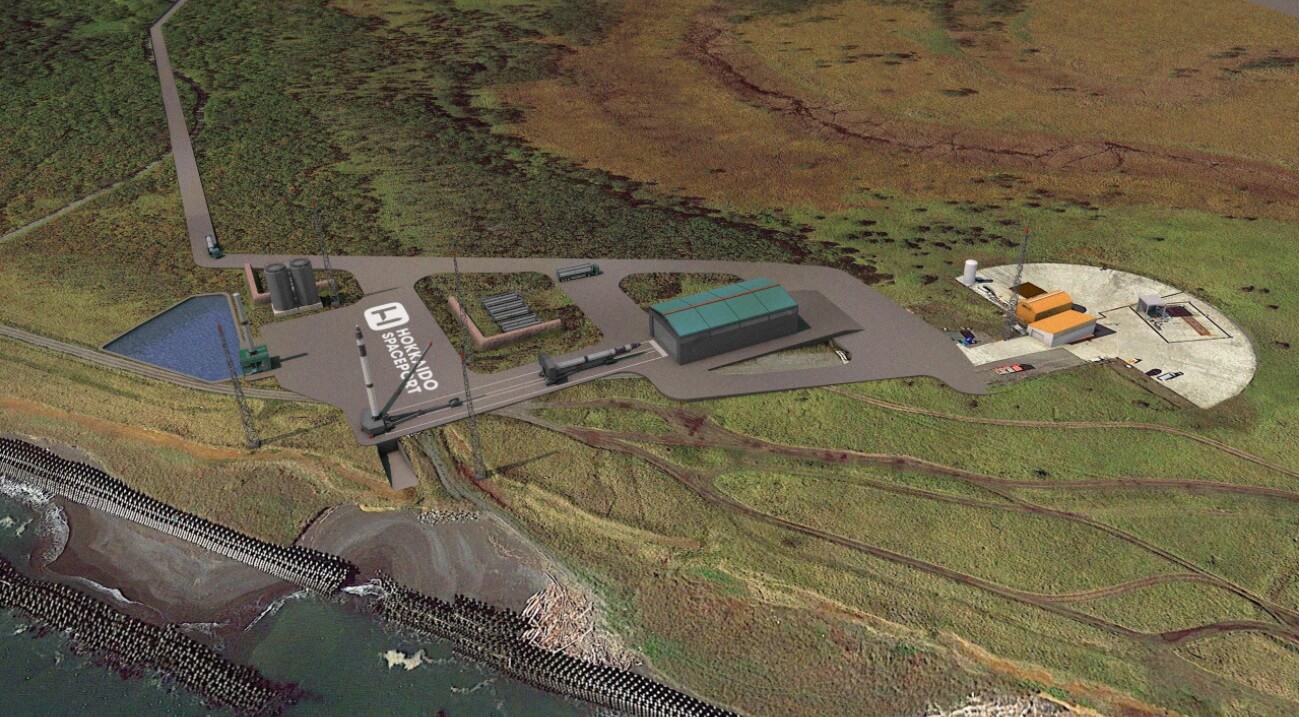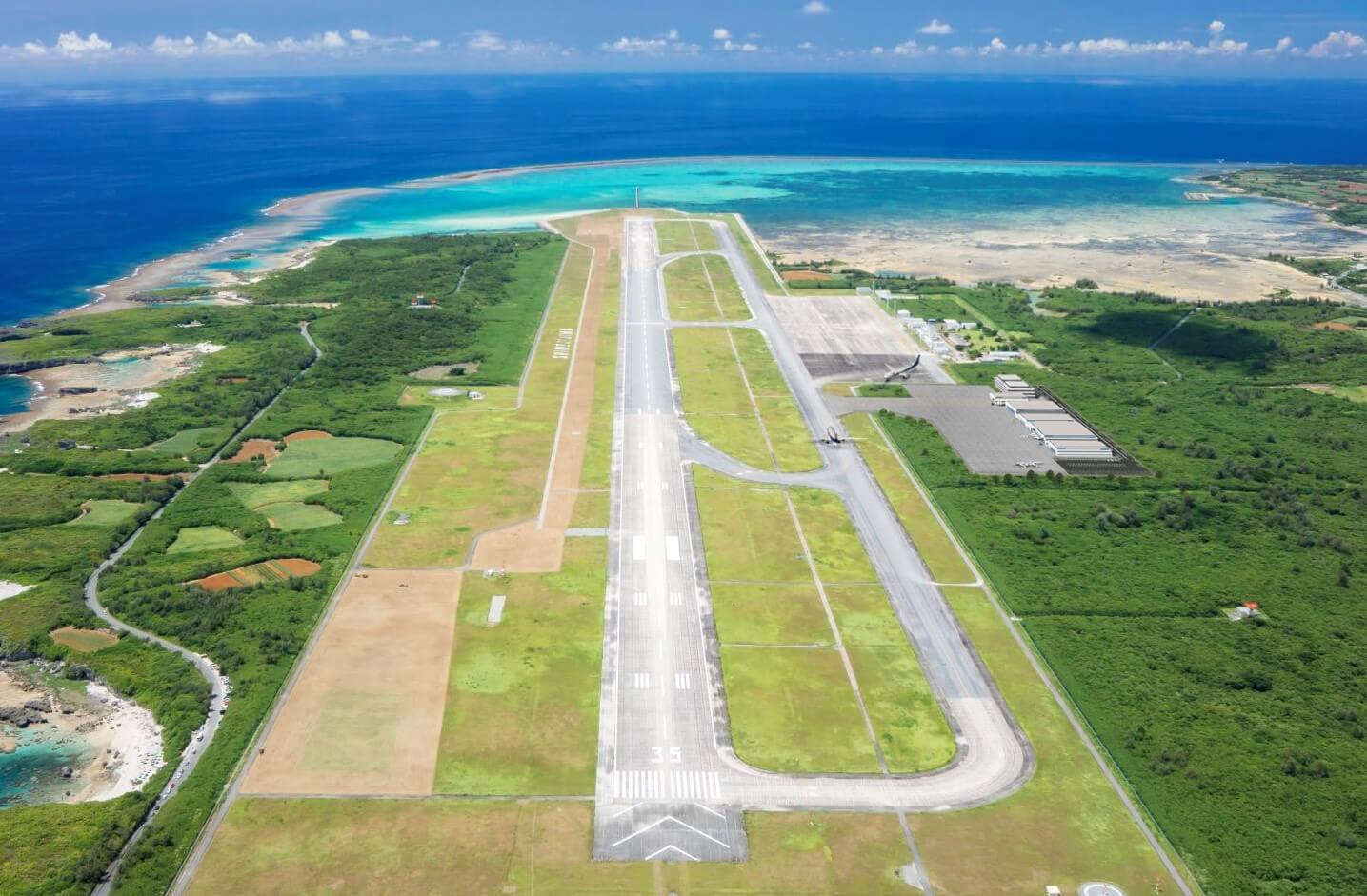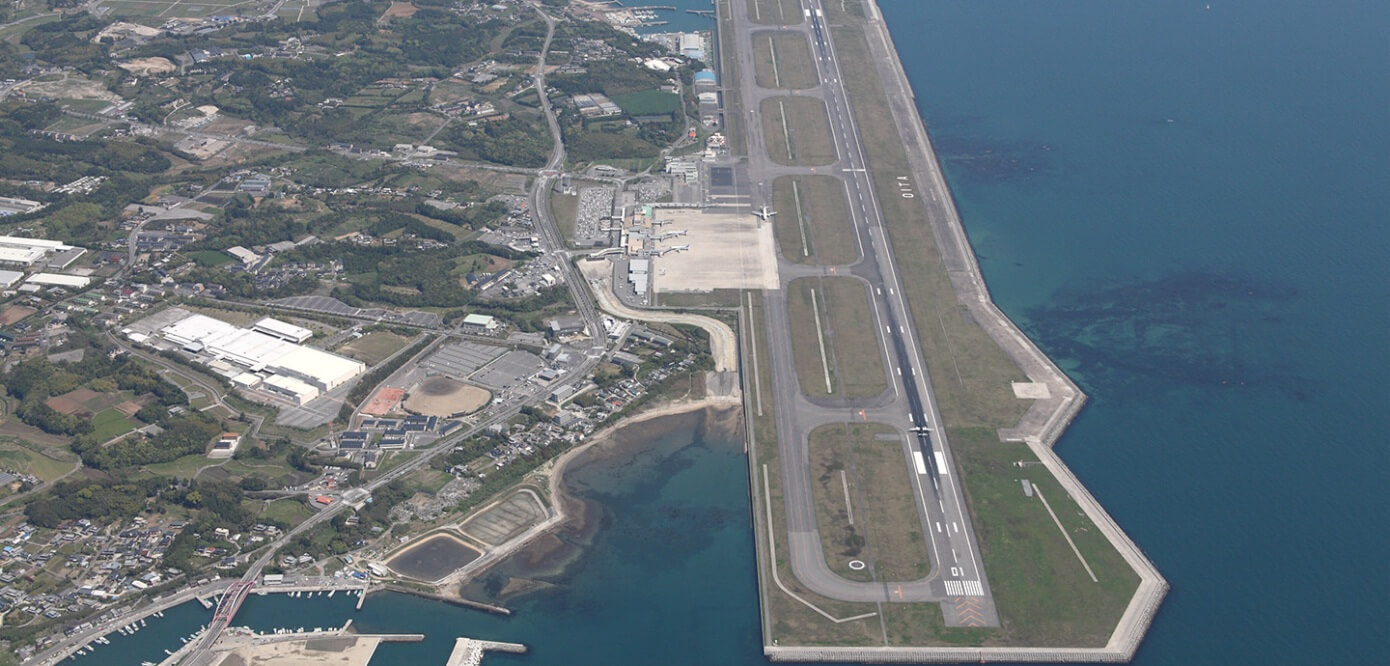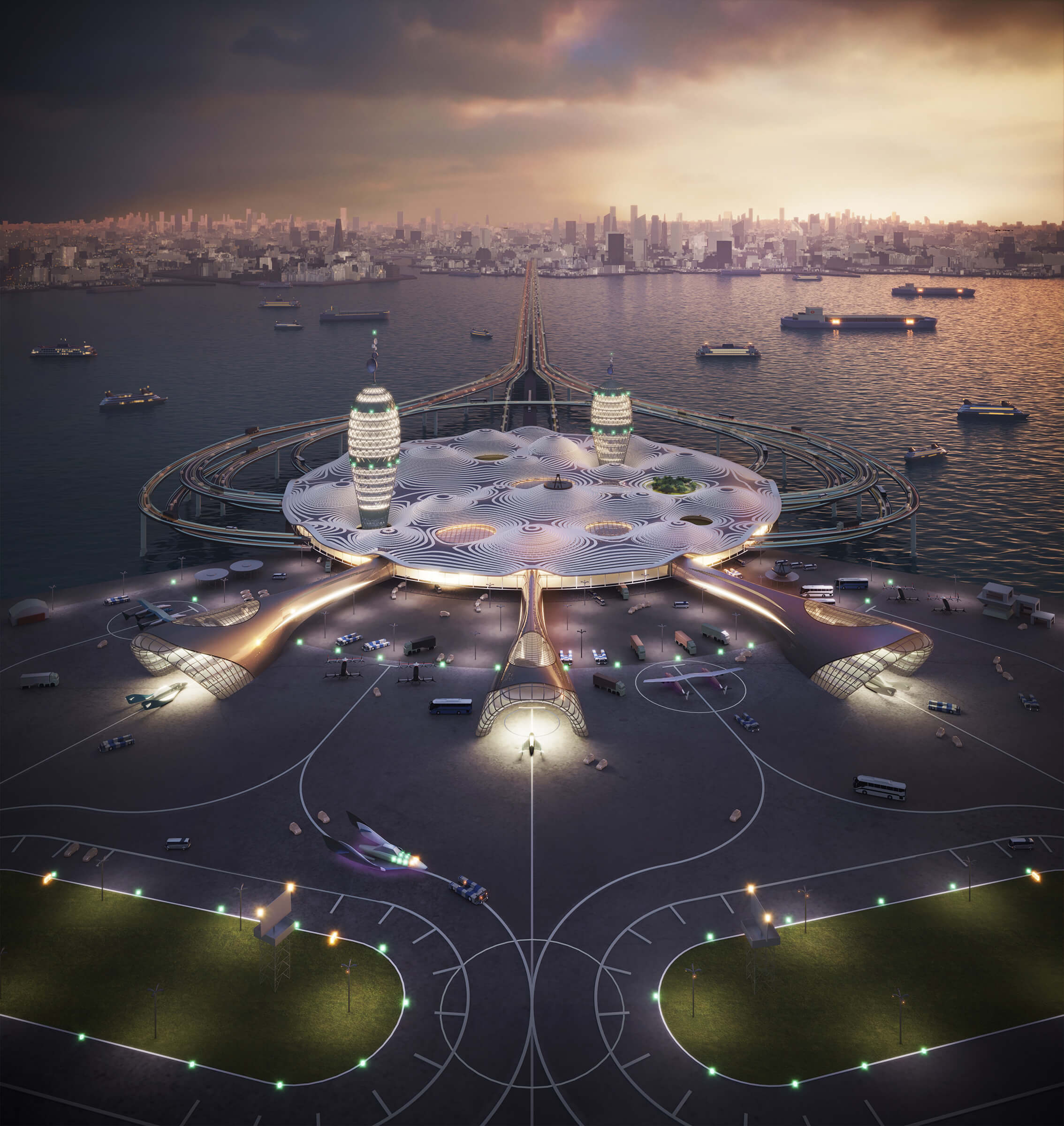Japan has been responsible for some rather interesting space programs. But now the country aims to ramp-up development with some exciting infrastructure projects.
Currently, there are two spaceports in Japan, the Tanegashima Space Center and the Uchinoura Space Center, which are both located in the southern Kyushu region. Built in the 1960s, they are still in active use today.
Two spaceports could be considered more than enough for a country the size of California. But then, even California boasts two spaceports, which is far above both the national and international average.
However, Japan does not think small. Since 2008, a space policy, which includes the promotion of private space exploration, controversial satellite swarms, and even the exploitation of space resources, has been a part of the country’s national strategy. From 2020, this also includes the development of new launch sites and spaceports.
As a result of this latest addition, Japan has seen a flurry of proposals to build new commercial spaceports. Some are large, others are much smaller. Some will carry out satellite launches, while others will focus on space tourism. However, they are all equally ambitious.
Hokkaido: the grassroots spaceport
Hokkaido is an island in the north of Japan and the community hopes that it will become one of the region’s main space centers by 2025.
The initiative, which was proposed by the local government and residents, follows a long history of aerospace manufacturing in the region. In fact, there is already a small research field situated on the island, which, since 2017, has been used by Japan’s first private space exploration company, Interstellar Technologies, to launch suborbital rockets.
The new plan proposes additional launch sites, runways and production facilities in the coming five years. This will cost more than 5 billion yen ($46 million), which is expected to be covered by grants, government funding and private investment.
If completed, Hokkaido Spaceport would become Japan’s third space center capable of launching payloads into orbit. Additionally, it would be the only spaceport from the proposed new projects able to carry out such launches.
The remainder of Japan’s proposed spaceports are intended for low-speed suborbital flights (where spacecraft do not reach orbital velocity and are incapable of staying in space for a long time). Nonetheless, the projects are still interesting.
Hokkaido spaceport Launch Complex 1 render (Image: Hokkaido Spaceport)
Shimojishima: space airport
Another initiative proposed by a regional government is Shimojishima Spaceport, which is scheduled to be built by expanding Shimojishima Airport (SHI).
Famed for the longest runway in the region (3,000 meters / 9,843 feet), SHI was built in the 1970s with the intention to serve supersonic airliners. However, such aircraft never arrived.
Now, the Okinawa Prefectural Government has attracted the attention of PD AeroSpace, a company partially owned by Air Nippon Airways (ANA). PD AeroSpace has been developing its own space plane since 2007 and planned to perform its first manned tests in 2020. Although these plans have yet to materialize, the company has continued with development and has managed to attract significant funding.
But plans for Shimojishima are focused solely on suborbital flights, with PD AeroSpace performing tourist and research flights on its single-stage spacecraft. It would not be able to reach orbit, but would also not require extensive launch facilities, as space planes would use the airport’s existing infrastructure.
Shimojishima airport. On the right, a row of projected hangars for spaceplanes could be seen. (Image: PD Aerospace)
Oita: Virgin Orbit’s Asian base
Virgin Orbit is one of the few companies that has not abandoned the idea of air-launched orbital rockets. Its Cosmic Girl, a modified Boeing 747, has performed several launches in the past year, including a VAH</a>)-Orbit-launches-the-first-commercial-payload-to-space”>commercial one.
Securing a permanent base in the country would ensure that Virgin Orbit would be an attractive option for Japanese customers. Aerial launch offers a number of advantages over conventional rockets and, to fully exploit them, Virgin (VAH) has decided to build a base at Oita Airport (OIT). Effectively, this would turn an airport into a spaceport, the third in the Kyushu region. Infrastructure-wise, it is the least ambitious plan on this list and, therefore, it is the most likely to be implemented.
Virgin Orbit plans to perform its first launch from Oita in 2022.
Oita airport (Image: Virgin Orbit)
Spaceport Japan: the space Disneyland
The Spaceport Japan project is the most ambitious project, yet there is little detailed information known about how the idea will be implemented.
Despite garnering more media attention than any other initiative, the project has not advanced beyond an initial proposal. But it’s an exciting proposal, nonetheless.
The premise? An enormous complex built in the middle of Tokyo Bay. Its centerpiece, the spaceport, will be surrounded by runways and connected to the city by a bridge. A huge, futuristic building will house everything from training centers and research facilities to shopping centers and lounges.
When the project was first announced, it captured the imagination of the international community with its futuristic design and incredible ambition. However, many missed a crucial element of information.
If we take a look at the purpose outlined on the project website, attracting attention appears to be the main idea behind the venture. Furthermore, recent interviews with the project’s developers seems to confirm this notion. Their vision was to cultivate an image of Japan as a forward-thinking country, which invests heavily in the space industry both nationally and across the globe. And it worked.
Now, it is possible to look at Spaceport Japan almost as a metaphor for the entire country becoming a spaceport. Not only do the project’s creatorts aim to consolidate the country’s space ventures into a single hub, but they want to encourage other companies (or would-be competitors) to follow suit. This is not simply business, this is a national strategy.
However, this does not mean that the literal interpretation of the Spaceport Japan project is wrong. Earlier statements suggest that given sufficient investment and further development, the project could well be implemented. If built, Spaceport Japan could corner the tourism market, providing companies like Virgin Galactic and PD AeroSpace with the possibility to carry thrill-seeking customers on sub-orbital flights.
As a complex with long runways and spacious hangars, Spaceport Japan would, of course, be able to function as a testing facility and a base for orbital air launches, as well as a regular airport. There are approximately half a dozen more realistic spaceport projects currently taking place in Japan. This suggests that completion of Spaceport Japan is rather unlikely.
However, it is still possible that, sooner or later, a similar project to Spaceport Japan will be built in Tokyo Bay, or even elsewhere, especially if space tourism continues to expand at its current rate.
(Image: Spaceport japan / Noiz Architects)

